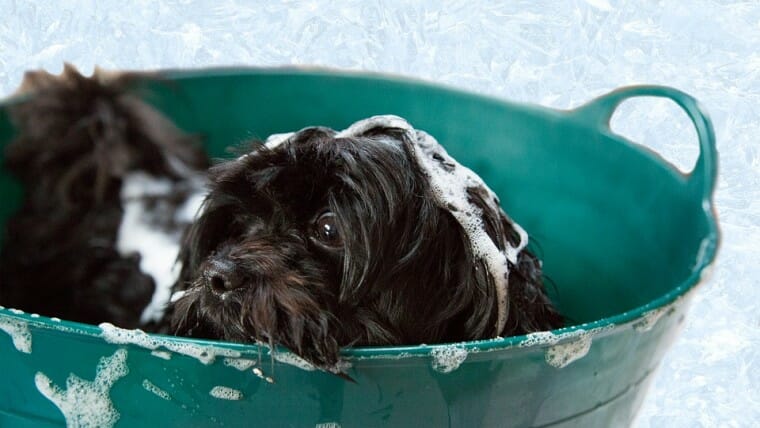Interpreting Your Puppy’s Behavior and Cues
As a dog owner, it’s essential to understand that your puppy communicates in ways that may not always be obvious to us. Puppies use body language, vocalizations, and behaviors to express their needs, feelings, and intentions. By learning to decode these signals, you can enhance your bond with your furry friend and create a positive training experience. Here are some common behaviors and what they might mean.
-
Tail Wagging: Happy or Anxious?
A wagging tail is often associated with happiness, but not always. Pay attention to the speed and position of the tail. A high, fast wag typically indicates excitement, while a slow wag at a lower position might signal uncertainty or anxiety. If your puppy approaches someone with a wagging tail but seems tense, it’s essential to intervene gently to prevent stress.
-
Barking: Communication Style
Barking can have various meanings, from excitement and playfulness to alarm or distress. If your puppy barks at other dogs, it may be a sign of wanting to play or communicate. However, excessive barking might indicate fear or discomfort. Understanding the context of the barking—such as the environment or specific triggers—can help you address the root cause.
-
Puppy Nipping: Play or Overstimulation?
Puppies often nip as part of play, but it’s crucial to teach them appropriate boundaries. If your puppy is nipping during playtime, redirect that energy toward toys instead. Understanding that puppies use their mouths to explore the world can help you respond more effectively and prevent unwanted behaviors.
-
The ‘Play Bow’: Invitation to Play
One of the most delightful behaviors to observe is the “play bow,” where your puppy lowers its front legs while keeping the rear end elevated. This is an invitation to play and indicates that your puppy is feeling playful and friendly. Responding positively to this cue can strengthen your bond and encourage healthy play.
-
Avoiding Eye Contact: Signs of Submission
If your puppy turns away or avoids direct eye contact, it may be a sign of submission or discomfort. This behavior is often an attempt to de-escalate a situation. Respecting your puppy’s boundaries is crucial for building trust, so give them space and time to feel comfortable.
Visit Us at Puppy Play and Stay
Understanding your puppy’s behavior is key to fostering a loving and communicative relationship. By paying attention to their body language and vocalizations, you can respond more effectively to their needs. At our daycare and boarding facility, we emphasize the importance of behavior education, helping both you and your puppy thrive together. Remember, a well-understood puppy is a happy puppy! Contact Puppy Play and Stay for your daycare and boarding needs today!


